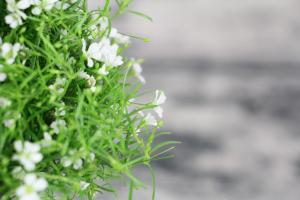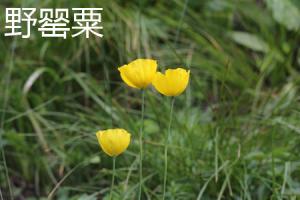How Far Apart Should You Plant Spruce Trees?
Spruce trees are among the most popular and widely planted trees in residential landscapes. They are appreciated for their evergreen foliage, dense growth, and attractive shapes, making them excellent choices for hedges, windbreaks, privacy screens, and specimen trees. However, one question that often arises when planting spruce trees is: how far apart should you space them?
The Importance of Proper Spacing
Spacing plays a crucial role in the health and aesthetic appeal of spruce trees. If planted too close together, they can become overcrowded, competing for the same amount of light, water, and nutrients. This can lead to stunted growth, weak branches, disease, and even death. On the other hand, if planted too far apart, they can create gaps or bare spots in the landscape, reducing their effectiveness as screens or windbreaks.
The key is to find the right balance between density and openness. You want to give your spruce trees enough room to grow and thrive, while still achieving the desired effect in your landscape design.
Factors to Consider
When deciding how far apart to plant spruce trees, several factors come into play:
Tree species and cultivar
Soil type and fertility
Climate and weather patterns
Exposure to sun and wind
Site function and design
Each of these factors can affect the growth rate and ultimate size of spruce trees, as well as their susceptibility to pests, diseases, and environmental stressors.
Suggested Spacing Guidelines
While there is no universal rule for how far apart to plant spruce trees, here are some general guidelines that can help you make an informed decision:
For small cultivars and species, such as Colorado blue spruce, dwarf Alberta spruce, or Norway spruce, plant them 6 to 10 feet apart.
For medium-sized cultivars and species, such as Black Hills spruce, White spruce, or Serbian spruce, plant them 12 to 15 feet apart.
For large cultivars and species, such as Engelmann spruce, Sitka spruce, or Blue spruce, plant them 20 to 30 feet apart.
Remember that these are only suggestions and that you should ultimately base your decision on your site's unique conditions and your design goals. Also, keep in mind that some spruce trees, particularly in windy or exposed areas, may need to be more closely spaced for protection or stability.
Other Tips for Successful Planting
When planting spruce trees, there are a few more tips that can help ensure their long-term health and beauty:
Choose a well-drained site with full to partial sun exposure.
Test your soil to identify any deficiencies or excesses in nutrients and pH.
Water your trees deeply and regularly, especially during the first year or two of establishment.
Mulch around the base of your trees to retain moisture, suppress weeds, and regulate soil temperature.
Prune your trees to remove dead or damaged branches, improve air circulation, and shape them as desired.
By following these guidelines, you can enjoy the beauty and benefits of spruce trees for years to come.

 how many times do yo...
how many times do yo... how many planted tre...
how many planted tre... how many pine trees ...
how many pine trees ... how many pecan trees...
how many pecan trees... how many plants comp...
how many plants comp... how many plants can ...
how many plants can ... how many plants and ...
how many plants and ... how many pepper plan...
how many pepper plan...































